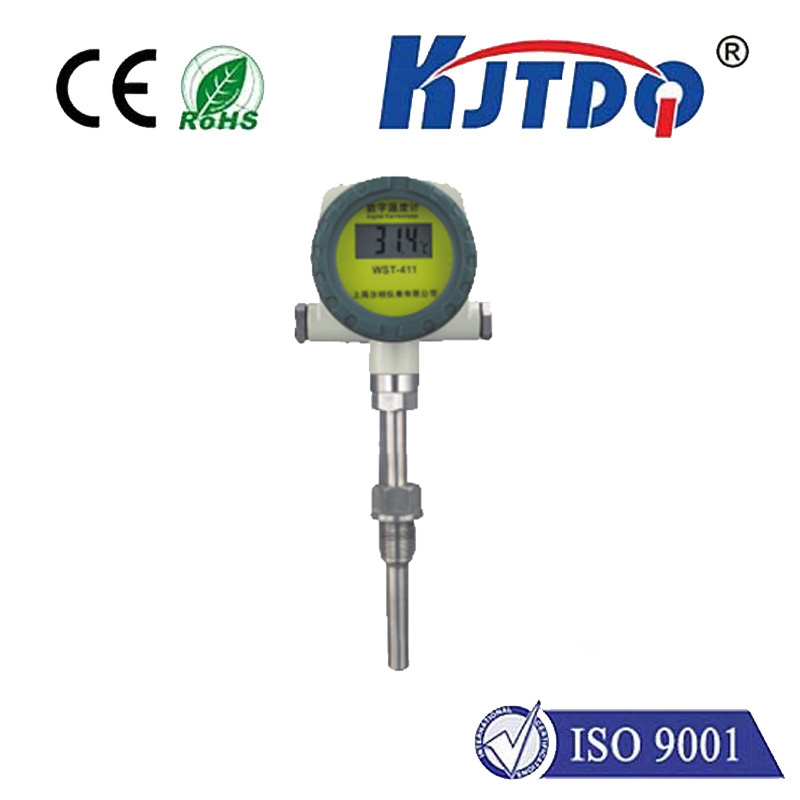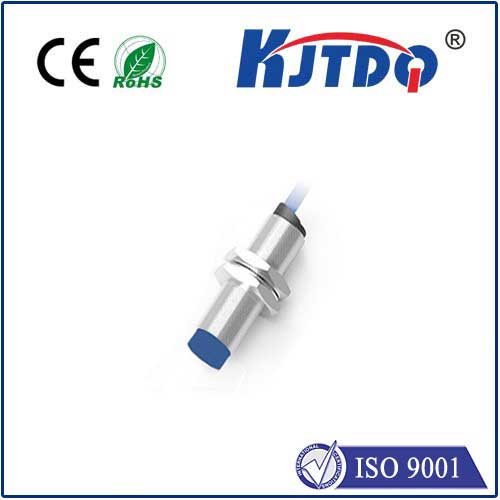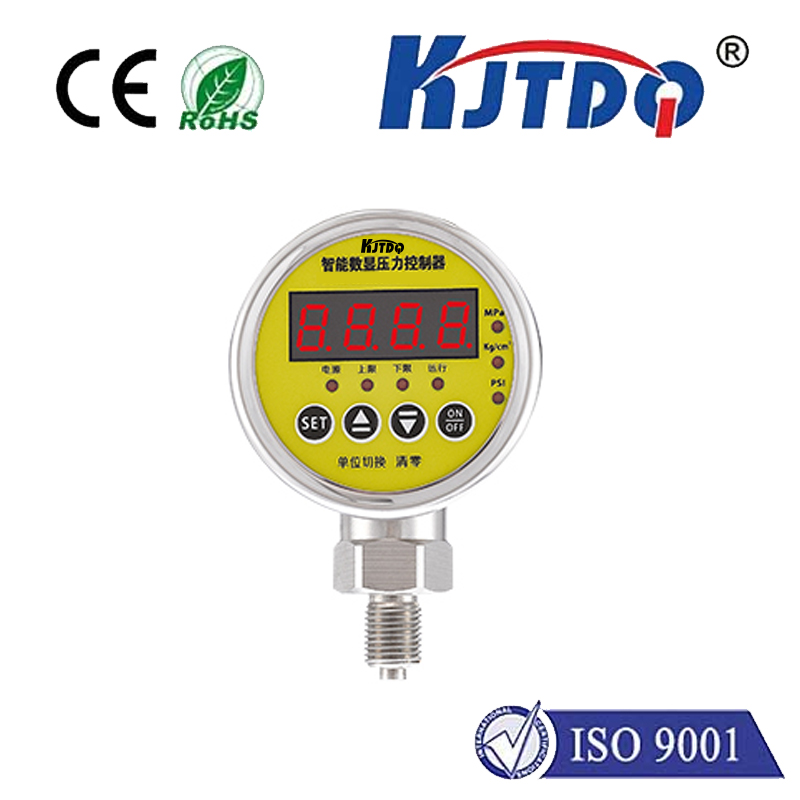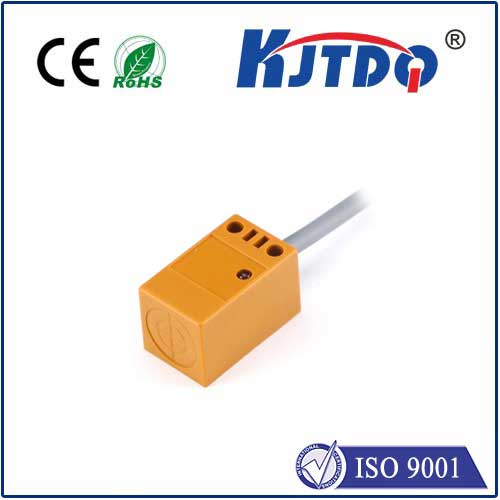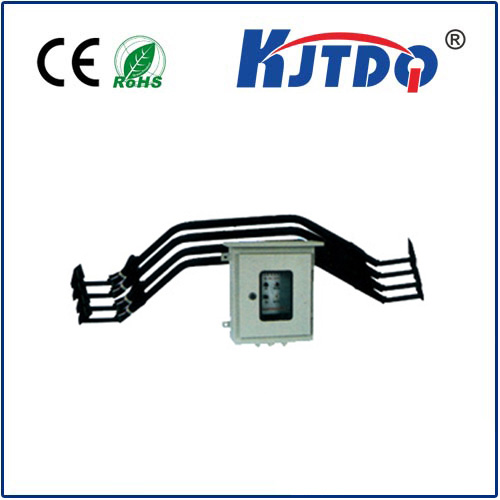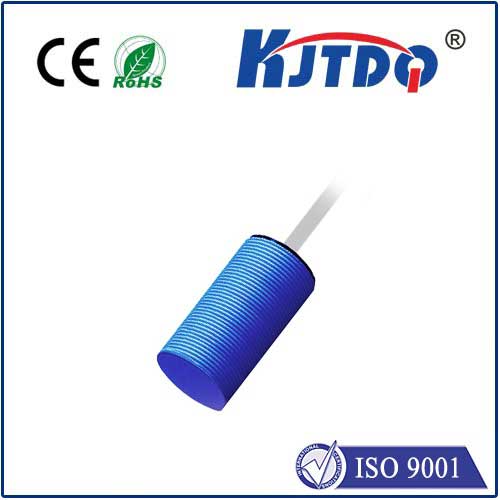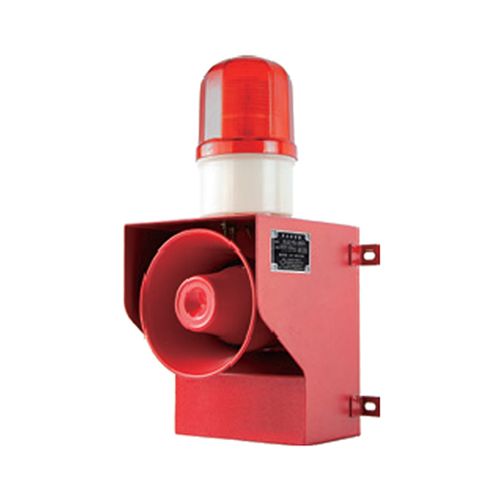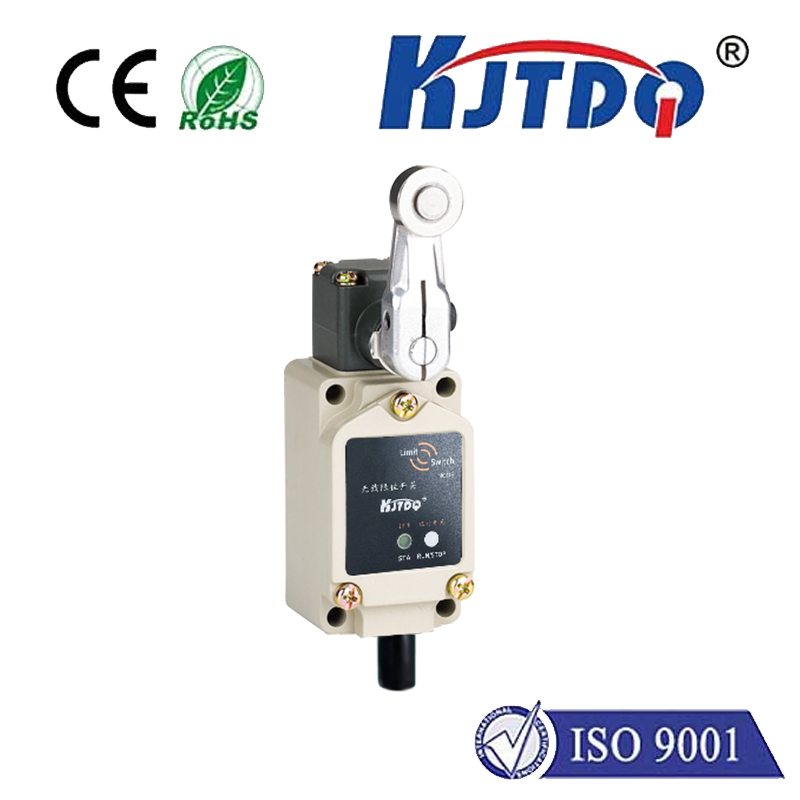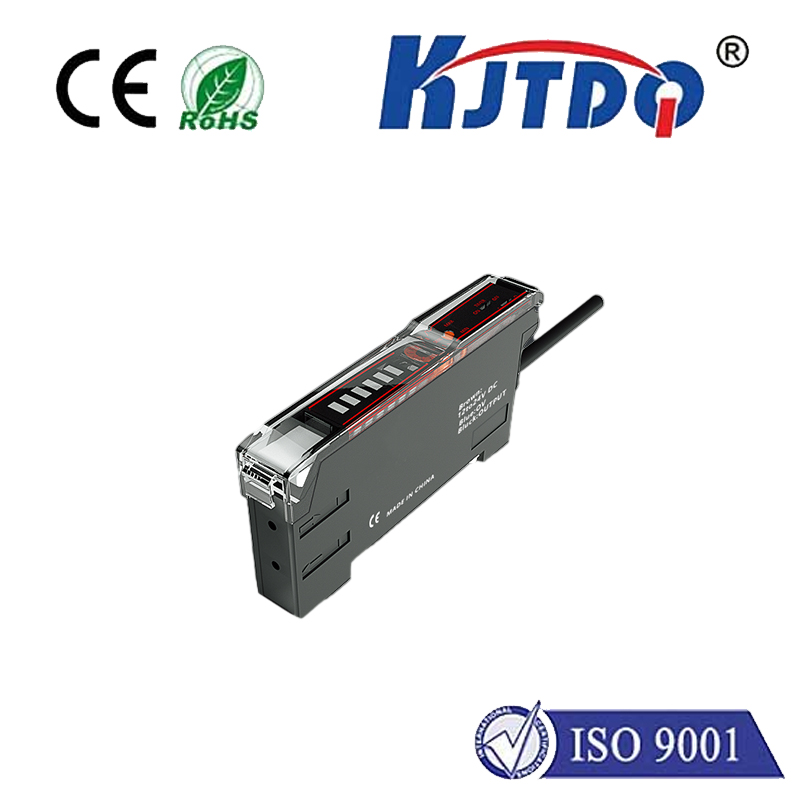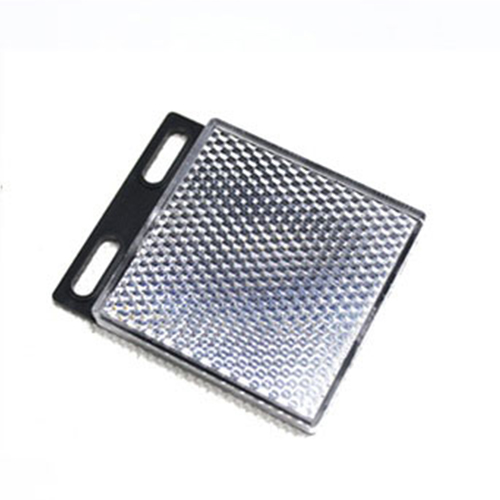

check

check

check

check
Radar Liquid Level Sensor: Enhancing Process Efficiency and Safety
In today’s industrial landscape, the need for precise and reliable monitoring systems has never been greater. Among the various sensors used in process control, the radar liquid level sensor stands out as a critical tool for ensuring operational efficiency and safety. This technology is widely employed in industries such as chemical, food and beverage, and water treatment, where accurate liquid level measurements are essential for maintaining optimal performance and preventing potential hazards.
A radar liquid level sensor operates on the principle of ultrasonic or microwave technology, using radio waves to measure the distance between the sensor and the surface of a liquid. Unlike traditional methods that rely on contact or mechanical switches, radar sensors provide non-intrusive, accurate readings that are unaffected by dust, moisture, or other environmental factors. This makes them particularly suitable for use in harsh industrial environments where maintenance and calibration can be challenging.

One of the key advantages of a radar liquid level sensor is its non-contact measurement capability. By emitting a signal and measuring the time it takes for the signal to return, the sensor can determine the liquid level with high precision. This is especially beneficial in applications where continuous monitoring is required, such as in tank gauging, storage systems, and fluid transfer processes. The absence of physical contact reduces the risk of contamination or damage to the process equipment, contributing to longer equipment lifespan and lower maintenance costs.
Moreover, radar sensors are known for their reliable performance under varying conditions. They can function effectively in both high and low liquid levels, making them versatile for a wide range of applications. Whether it’s monitoring the level of a fuel tank, a chemical storage vessel, or a water supply reservoir, a radar liquid level sensor ensures consistent and accurate data, which is crucial for process control and automation.
In addition to its technical advantages, the radar liquid level sensor plays a vital role in safety and compliance. Accurate measurements help prevent overfilling, which can lead to spills, leaks, or even explosions in hazardous environments. By maintaining optimal liquid levels, operators can avoid costly accidents and ensure adherence to safety regulations. Furthermore, the sensor’s ability to provide real-time data enables proactive decision-making, allowing for timely interventions that can prevent system failures and downtime.
As industries continue to evolve and adopt more advanced automation systems, the importance of radar liquid level sensors grows. These sensors not only enhance operational efficiency but also contribute to environmental sustainability by minimizing waste and optimizing resource usage. Their integration into industrial automation systems is a testament to their value in modern manufacturing and process control.
In summary, a radar liquid level sensor is more than just a measurement device—it is a cornerstone of modern industrial automation. Its non-contact, reliable, and accurate nature makes it an indispensable tool for ensuring operational efficiency, safety, and compliance. As technology advances, the role of these sensors will only become more critical in shaping the future of industrial processes.
